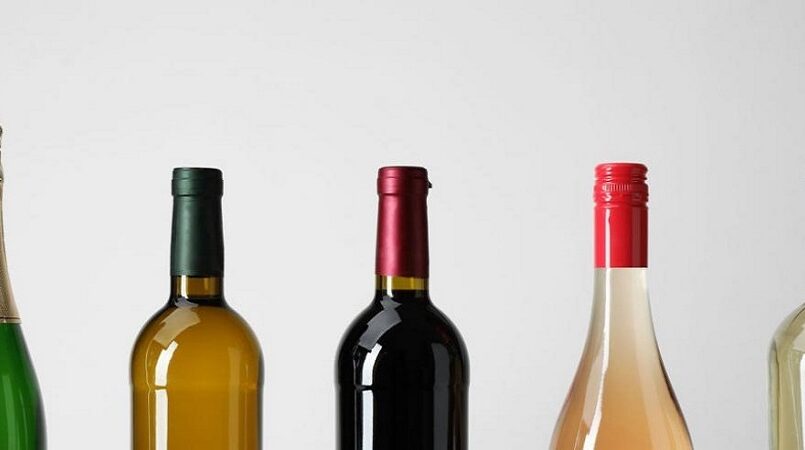Closures can significantly impact consumers’ experiences with the package and product. They must fit securely and provide an airtight seal, but they should also be easy to open and close.
Consumers prefer child-resistant closures to eliminate the risk of misuse or accidental ingestion. Many seek convenience closures that help prevent waste by allowing consumers to control the exact amount of products they use.
Choose the Right Bottle
Closures for bottles, sometimes called caps or lids, provide a seal to protect bottles and jars from spoilage, leakage, contamination, and evaporation. A wide variety of closures are available to fit different bottle types.
There are several factors to consider when selecting the proper closure for a particular container, including liners, neck finishes, and thread types. Some closures have been designed specifically for certain bottle types, while others are more general and can be used in a broader range of bottles.
Some widespread closures include continuous thread and dispensing closures, which work well with various bottleneck finishes. Other bottle closures provide child-resistant (CR) features, ideal for products like medications and supplements. Some closures also offer text or pictorial opening instructions.
Keep it Clean
Closures are a critical component of the package that keeps the contents safe from spillage and evaporation and provides a convenient way to access the product. They can be molded from different materials, including polyethylene, which is cost-effective and resistant to lower temperatures.
They can be ribbed, plain, or customized to add style or functionality. Dispensing closures, for example, allow a specific amount of the product to be dispensed each time it is opened, eliminating product waste and improving customer satisfaction.
Another factor impacting closures is the demand for sustainable resins. High-pressure processing (HPP) can preserve nutrients in beverages and help them maintain flavor, so HPP closures are gaining popularity. Closures can also be designed to be child-resistant to prevent accidental ingestion or misuse of products like household chemicals.
Keep it Dry
Closures are designed to pair with various bottle, jar, and tube neck finishes to create an airtight seal for the product inside. They have many functions, including providing a security seal for the first opening, protecting the contents, and ensuring the container is easy to open and reseal after use.
Lids and caps are both closures but are typically used for smaller screw-on lids like those found on bottles, jars, and tubes. They are usually made of metal or plastic and are the most temperature-tolerant of closure types. Plastic closures are often manufactured of Phenolic, a phenol-formaldehyde thermosetting resin known as bakelite. It is typically produced in a black color and is highly resistant to chemicals. Closures are available with several liner options and can also be linerless.
Keep it Cool
Closures must fit appropriately on a bottle to prevent air, moisture, or spillage. They must also be compatible with various chemicals, temperature tolerances, and shelf life expectations.
Many closures feature intentional designs to improve the end-user experience. For example, dispensing closures help consumers control how much they need to use, which can prevent product waste.
Closures are constantly innovated to keep up with changing consumer demands or manufacturing processes. This is evidenced by the thousands of closure designs patented during the 19th century, many of which saw limited market success.
Keep it Fresh
Bottles must be sealed tightly to prevent spilling, evaporation, or contamination. Closures must also be easy to open and close and capable of standing up to impact and pressure.
Closures are constantly innovated to provide a specific experience for the end user. For example, dispensing closures help consumers control the exact amount of product they need to use, eliminating waste.
The demand for bottled products skyrocketed as cities grew and people gained greater access to goods such as liquor, wine, and patent medicines in the early 19th century. It spurred the development of varied closures to seal these bottles. Thousands of designs were patented, but only a few found widespread use. Today, billions of plastic closures are manufactured yearly, mainly using polyethylene or aluminum for metal-bodied containers.














